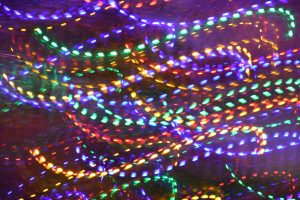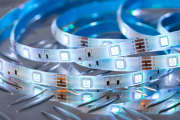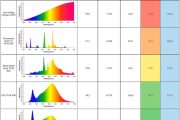What is LED light?
The LED light source is a piece of electroluminescent semiconductor material chip, which is cured on the bracket with silver glue or white glue, and then connects the chip and the circuit board with silver or gold wire, and is sealed with epoxy resin to protect the inner core wire. Function, finally install the shell, so the seismic performance of the LED lamp is very good.
White light LEDs are usually formed by two methods, the first is to use “blue technology” and phosphors to form white light, and the second is to mix multiple monochromatic lights. Both of these methods have successfully produced white light. The German Hella company uses white LEDs to develop aircraft reading lights. Streets in many countries have used white LEDs as street lights for decades. my country’s urban traffic management lights are also replacing early traffic order indicators with white LEDs. It is foreseeable that in the near future, white LEDs will enter the home to replace the existing lighting.
What is the Wavelength Range of Common white LED Light Sources?
The wavelength range of white LED is: 450-460nm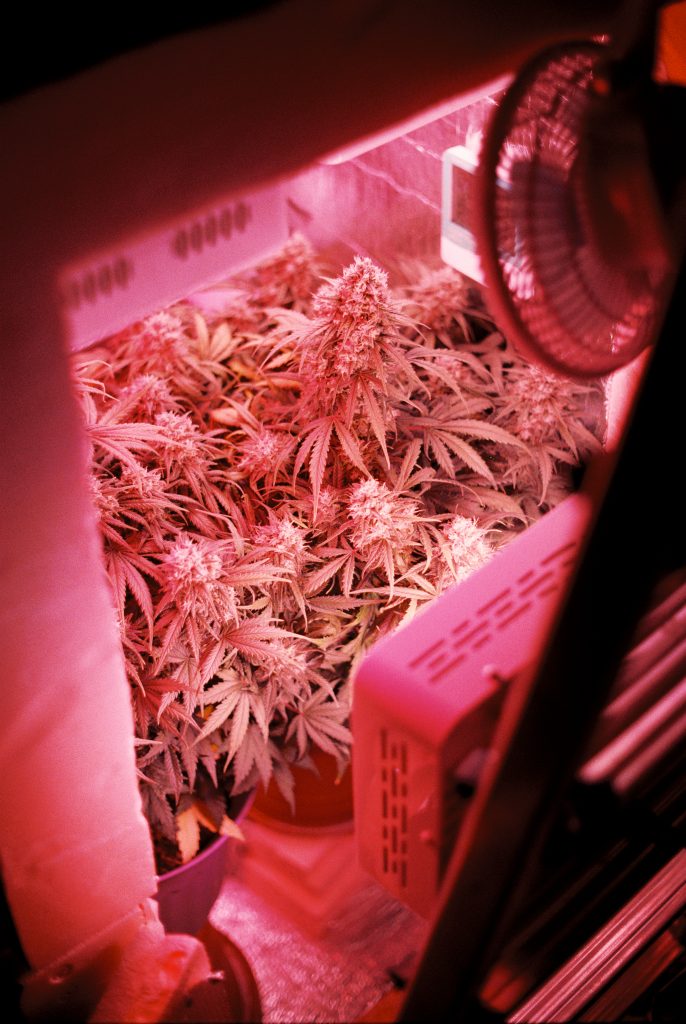
Comparison of spectra of various light sources.
The wavelength of visible light is in the range of 360-830NM, and the wavelength of the LED light is all within the range of visible light.
The light emitted by the fluorescent tube has ultraviolet light below 360NM,
The light emitted by the incandescent lamp has ultraviolet light and infrared light other than 360-830NM,
The physical properties of light include spectrum, color temperature, brightness (intensity) and light attenuation. Practice has shown that different lights have different penetrability in the air. This is actually because different lights have different spectral wavelengths, and the attenuation of short-wavelength light in the air is much greater than that of long-wavelength light.
From the knowledge of light dispersion, we know that the larger the wavelength, the smaller the frequency, so the propagation distance is limited. This is the reason why the yellow light has higher penetrability than white light. Through the comparison of the LED spectra of normal white, natural white and warm white, we will find that the lower the color temperature, the more long-band spectrum.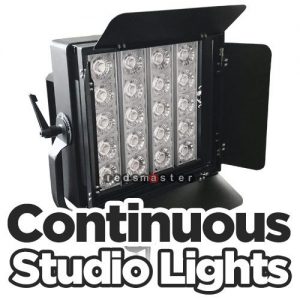
Spectral Analysis of LED Lamps and Fluorescent Lamps
Fluorescent lamp spectrum: The luminescence of fluorescent lamp is the discharge of the lamp filament to cause mercury vapor to emit ultraviolet rays, which stimulates the phosphorous fluorescent paint on the inner surface to release visible light of lower wavelength. The color of the emitted light is controlled by the proportion of phosphorous components. The spectrum of a fluorescent lamp is a linear spectrum, and its linear spectrum is distributed on a continuous spectrum.
LED light spectrum: At present, most of the LEDs are excited by a blue chip to excite one or more phosphors, and finally the light emitted by the blue and phosphors is mixed to form white light. Therefore, the spectrum of a general LED has more than two peaks, and the relative radiation intensity of other wavelength ranges is very low. Therefore, the spectrum of the LED light source is also a linear spectrum, which is distributed on a continuous spectrum with lower radiation intensity.
It can be seen from the above that the spectrum of fluorescent lamps and LEDs both have peak linear spectra on the basis of continuous spectrum, which is different from the full spectrum of sunlight and incandescent lamps.
The Effect of Different Spectra on the Human Eyes
We know that the brightness and darkness of the light perception of the human eye has such an induction change: the brightness and darkness of the light perception of the human eye is related to the wavelength of the light. Under the condition of sufficient light (photopic vision), the human eye is most sensitive to the yellow-green light of about 550nm, and under the condition of weak illumination (scoop vision), it is most sensitive to the blue-green light of about 510nm, and the visual sensitivity function shifts to the left.
We can explain the visual acuity function as follows: There are three types of cone cells in the human eye, which are sensitive to red, green and blue light. With the difference in the degree of light stimulation of the three photosensitive cells, a variety of color sensations will be produced. The superposition of the three curves is the photopic visual acuity curve. The sensitivity of the human eye to blue light is far lower than that of red light and green light.
Although the full spectrum of sunlight and incandescent lamps have high color rendering, they actually contain many spectra that are difficult to distinguish and harmful to human eyes. High-quality lighting sources need to protect the eyesight of the human eye, and the light spectrum that is difficult to distinguish by the human eye and harmful to the human eye can be filtered out according to the law of the relative visual acuity curve. Suppose that the lighting source used only emits the three most sensitive spectral lines of the human eye, namely: blue, green, and red. This seems to meet the human eye’s demand for lighting while preventing the human eye from being undetectable and harmful rays from affecting the human eye’s vision. But the color rendering of this hypothetical light source will be very poor. Therefore, in order to ensure color rendering, our ideal light source still needs a continuous background spectrum. Therefore, only from the perspective of protecting eyesight, the spectrum of fluorescent lamps and LEDs has peak linear spectrum based on continuous spectrum, which is more beneficial to human vision than full-spectrum sunlight and incandescent lamps.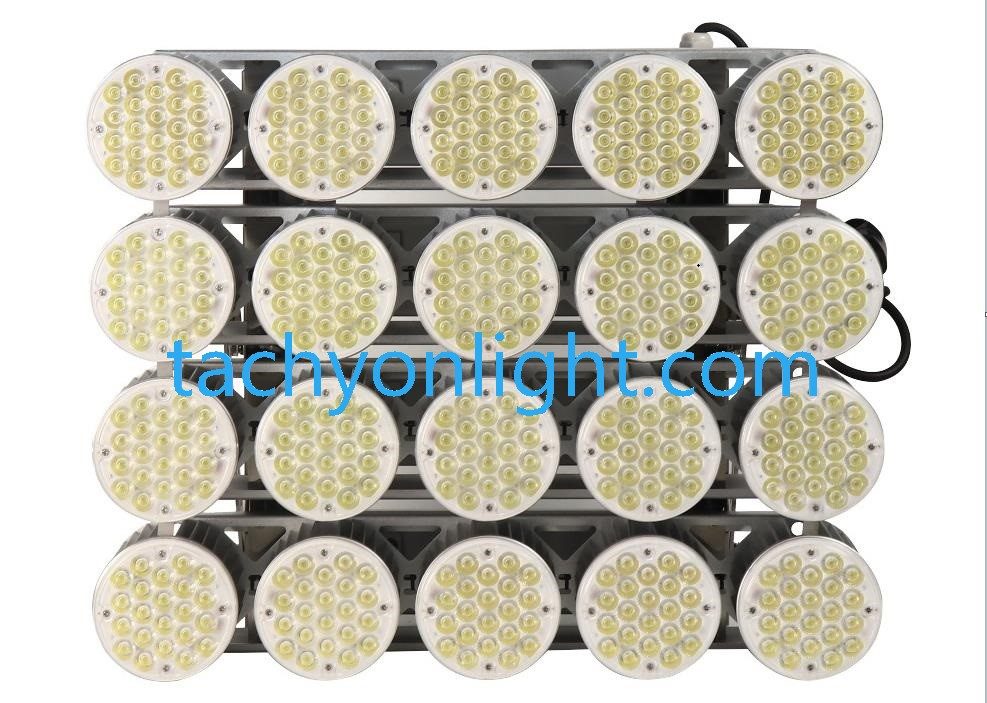
It is worth mentioning that there is a hidden danger in the spectrum of fluorescent lamps: when the lighting time of the fluorescent lamp increases, the aging of the fluorescent substance will occur. At this time, the short-wave ultraviolet light generated by the low-pressure mercury vapor discharge will be transmitted out, which will damage the eyesight of the human body. Therefore, in the long run, LED light spectrum is more beneficial to eyesight than fluorescent light.
Functions and characteristics of LED grow lights
The growth law of plants necessarily requires sunlight, and LED lights are a kind of lights that use artificial light instead of sunlight to provide the necessary light environment for the growth and development of plants. The led light is a piece of electroluminescent semiconductor material chip, which is cured on the bracket with silver glue or white glue, and then connects the chip and the circuit board with silver or gold wire, and is sealed with epoxy resin to protect the inner core wire. Function, finally install the shell, so the LED lamp has good seismic performance. LED can directly emit red, yellow, blue, green, cyan, orange, purple and white light. In addition, the led light is environmentally friendly and has no harmful substances such as mercury.
The assembly parts of the LED bulb can be easily disassembled, and can be recycled by others without recycling. No flicker. Pure DC work eliminates visual fatigue caused by traditional light source strobe. Reduce line loss and no pollution to the power grid. The power factor is ≥0.95, the harmonic distortion is ≤20%, and the EMI meets the global index, which reduces the power loss of the power supply line and avoids high-frequency interference and pollution to the power grid. The LED lamp technology is advancing with each passing day, its luminous efficiency is making amazing breakthroughs, and the price is constantly decreasing.
The era of white LEDs entering the home is rapidly approaching. Impact resistance, strong lightning resistance, no ultraviolet (UV) and infrared (IR) radiation. There is no filament and glass shell, there is no broken problem of traditional lamp tube, no harm to human body, no radiation. Therefore, it can promote the growth of plants at night or under dark conditions. The LED lights used in the field of plant cultivation also have the following characteristics: rich wavelength types, consistent with the spectral scale formed by plant photosynthesis and light morphology; the spectral bandwidth is half-width narrow, and pure monochromatic light and composite spectrum can be obtained according to needs. LED lights The light of a specific wavelength can be concentrated on the crop and irradiated evenly. 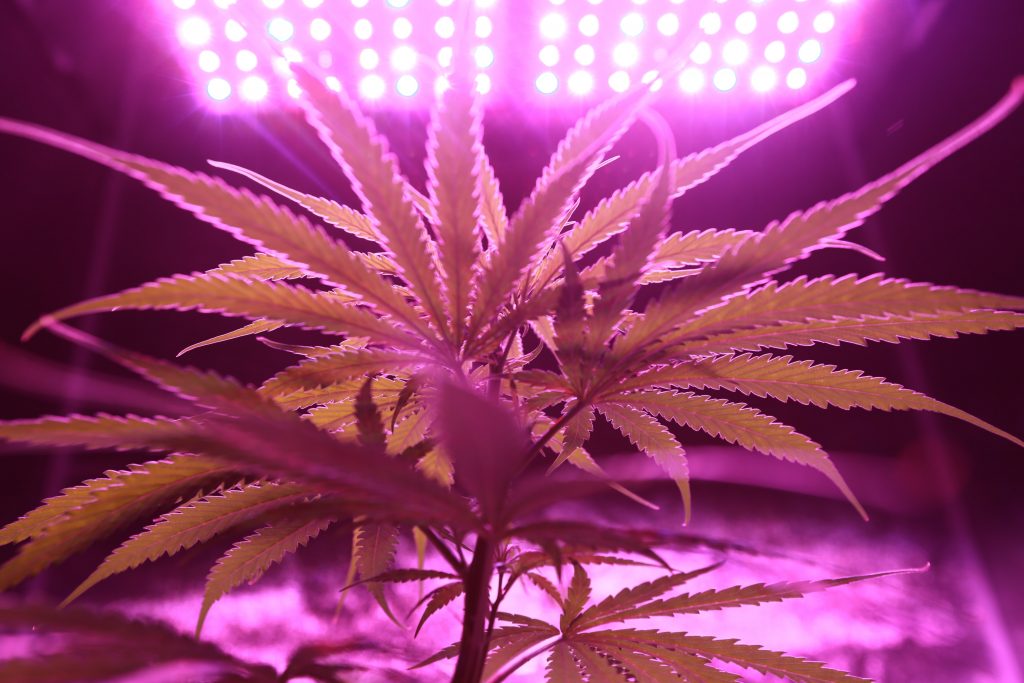
LED growth lights can not only regulate the flowering and fruiting of crops, but also control the height and nutrients of plants. The system has the advantages of less heat and less space, and can be used in a multi-layer cultivation plane combination system to achieve low thermal load and miniaturization of the production space. In addition, the extreme durability of LED lights also reduces operating costs. Because of these obvious characteristics, LED lights are very suitable for planting in a controlled environment. The different spectral components of LED lights have a significant impact on such things as plant tissue culture, equipment gardening and factory seedling breeding, and aerospace ecological life support systems.


